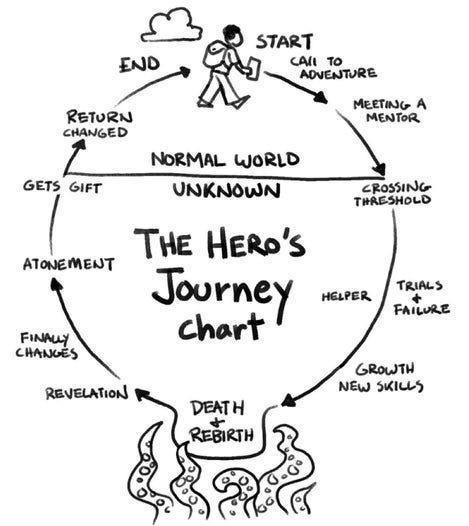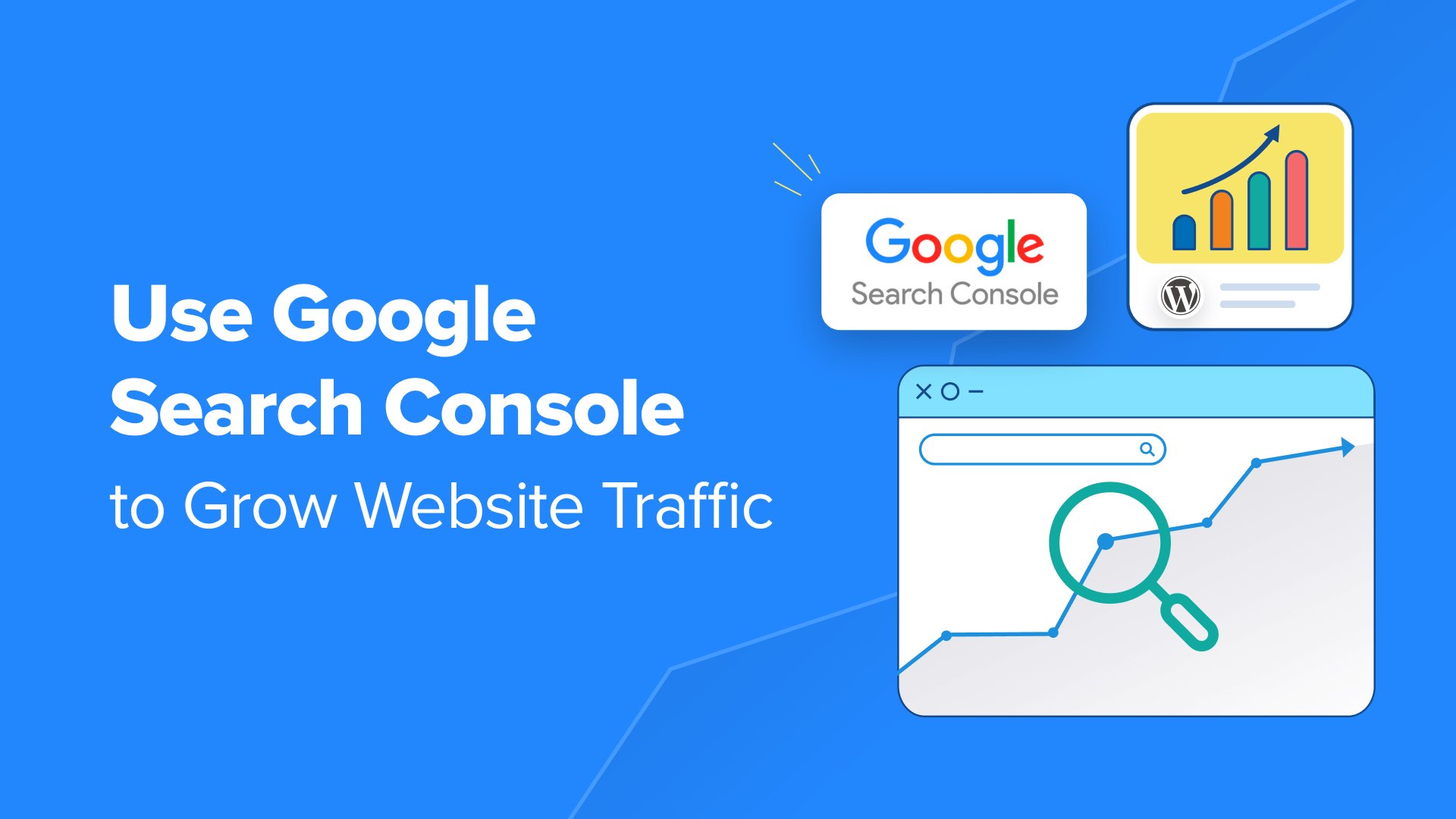Storytelling is a powerful tool in marketing, especially in email copy. It allows you to connect with your audience on a deeper level, engage their emotions, and drive action. Utilizing a storytelling arc in your email campaigns can enhance the effectiveness of your messaging, helping you to capture your readers' attention and encourage them to take action. This article explores the elements of a storytelling arc and how to effectively incorporate it into your email copy for improved results.
Understanding the Storytelling Arc
At its core, the storytelling arc is a framework that outlines the progression of a story. This arc typically includes several key elements: the introduction, rising action, climax, falling action, and resolution. Each of these components serves a purpose in guiding the reader through the narrative, ensuring that they remain engaged and invested in the story being told.
The introduction sets the stage by introducing the main characters and establishing the setting. This is your opportunity to capture the reader's attention and establish a connection. The rising action introduces conflicts or challenges, creating tension that draws the reader further into the narrative. The climax is the turning point of the story, where the stakes are highest. Following this, the falling action begins to resolve the conflict, leading to the resolution where the story concludes and the lessons learned are shared.
Crafting the Introduction
When crafting the introduction of your email, consider starting with a relatable scenario or a question that resonates with your audience. This sets the tone for the story and invites the reader to engage. You want to create a hook that captures their attention and encourages them to read on. Sharing a personal anecdote or a customer story can effectively establish a connection and humanize your brand.
Consider the language you use in your introduction. It should be warm, inviting, and aligned with your brand voice. The goal is to make the reader feel comfortable and eager to learn more about the story you are about to unfold.
Building the Rising Action
Once you have captured the reader's attention, the next step is to build the rising action. This part of your email should introduce the challenges or conflicts that the characters in your story face. This is where you can highlight the pain points that your audience may be experiencing, creating a sense of urgency and relatability.
Incorporating vivid descriptions and emotional language can help to immerse your reader in the story. Use storytelling techniques such as foreshadowing or character development to keep your audience engaged. This part of the email is crucial for creating tension and making the reader want to find out how the conflict will be resolved.
Reaching the Climax
The climax of your email is where the tension reaches its peak. This is the moment when the main character faces their biggest challenge or has a significant realization. In the context of your email copy, this could be a turning point that showcases how your product or service can solve the problem the character faces.
To effectively convey this moment, use strong, action-oriented language that creates a sense of urgency. Highlight the benefits of your offering and how it directly addresses the conflict introduced earlier. This is your chance to shine a light on the value of your product or service in a way that resonates with your audience's emotions and needs.
Navigating the Falling Action
After reaching the climax, the story transitions into the falling action. This phase involves wrapping up the conflict and moving toward resolution. In your email, this is where you can present solutions that have emerged from the climax. Share how your product or service has positively impacted the main character or the customers represented in your story.
Use testimonials, case studies, or data to reinforce the effectiveness of your solution. This not only provides credibility but also gives your readers a sense of hope and inspiration. They should be able to see themselves in the story and envision how your offering can bring about similar positive outcomes in their own lives.
Concluding with Resolution
The resolution brings closure to the story and often provides a moral or lesson learned. In your email, this is an excellent opportunity to reiterate the key takeaways and reinforce the value of your offering. Encourage your readers to take action by highlighting a clear call-to-action.
Make sure your conclusion leaves a lasting impression. Use powerful language that inspires confidence and motivates the reader to act. Whether it is signing up for a newsletter, making a purchase, or exploring more about your brand, the resolution should guide them toward the next step.
Using Visual Elements to Enhance Storytelling
Incorporating visual elements into your email can significantly enhance the storytelling experience. Images, infographics, and videos can help to illustrate key points, making the story more engaging and memorable. Consider using visuals that align with the narrative you are presenting, as this can create a more cohesive and immersive experience for your readers.
Visual storytelling can also help to break up text, making your email more visually appealing. This is especially important in email marketing, where attention spans are often short. Use images strategically to emphasize key moments in your story and support the overall message of your email.
Personalizing the Story for Your Audience
One of the most powerful aspects of storytelling in email copy is the ability to personalize the narrative for your audience. Understanding your audience's preferences, pain points, and motivations allows you to tailor your story in a way that resonates with them on a deeper level. Use segmentation and data insights to create personalized email campaigns that speak directly to your readers.
Personalization can take many forms, from addressing the reader by name to incorporating specific details that align with their interests. The more you can make your audience feel like the story is specifically meant for them, the more likely they are to engage and take action.
Testing and Iterating Your Email Storytelling
As with any marketing strategy, testing and iterating are essential for optimizing your email storytelling efforts. A/B testing different elements of your email can provide valuable insights into what resonates best with your audience. Experiment with different story arcs, calls-to-action, and visual elements to determine which combinations yield the highest engagement and conversion rates.
Collect feedback from your audience to understand their perspectives on your storytelling approach. Use surveys or polls to gather insights and adjust your strategy accordingly. This iterative process will help you refine your storytelling skills and create even more effective email campaigns over time.
Creating a Cohesive Brand Story
Incorporating a storytelling arc into your email copy is not just about individual campaigns; it is also about creating a cohesive brand story. Your brand narrative should be consistent across all touchpoints, from your website to social media and beyond. This consistency helps to build brand recognition and trust, making it easier for your audience to connect with your message.
Ensure that your storytelling aligns with your brand values, mission, and personality. This alignment fosters authenticity, which is crucial for establishing a genuine connection with your audience. When your storytelling feels real and relatable, your readers are more likely to engage with your content and become loyal customers.
The Importance of Emotion in Storytelling
Emotional resonance is a critical component of effective storytelling. People are more likely to remember stories that evoke strong feelings, whether it be joy, sadness, or inspiration. When crafting your email copy, think about the emotions you want to elicit in your readers.
Use descriptive language that evokes imagery and feelings, allowing your audience to experience the story on an emotional level. Incorporating relatable characters and situations will further enhance this emotional connection. The more your audience can relate to the story, the more likely they are to engage with your email and take the desired action.
Analyzing and Measuring Success
To understand the effectiveness of your storytelling in email campaigns, it is essential to analyze and measure success. Use metrics such as open rates, click-through rates, and conversion rates to evaluate how well your storytelling resonates with your audience. Analyze which elements of your storytelling arc performed well and which areas may need improvement.
Regularly reviewing your email campaign performance will help you refine your approach and create even more compelling stories in the future. It allows you to adapt to changing audience preferences and improve your overall email marketing strategy.
Incorporating a storytelling arc into your email copy can significantly enhance the effectiveness of your messaging. By understanding the elements of the storytelling arc and crafting compelling narratives, you can connect with your audience on a deeper level, drive engagement, and inspire action. Remember to personalize your stories, use visual elements to enhance the experience, and continually test and iterate your approach for optimal results.
FAQs
How long should my email story be?
Your email story should be concise yet engaging. Aim to keep it focused on the key elements of the storytelling arc without overwhelming the reader with excessive details.
Can I use storytelling in all types of emails?
Yes, storytelling can be effective in various types of emails, including promotional, informational, and newsletter emails. The key is to tailor the story to fit the purpose of the email and resonate with your audience.
How can I ensure my storytelling aligns with my brand voice?
To ensure your storytelling aligns with your brand voice, familiarize yourself with your brand's values and personality. Consistently apply this tone and style in your storytelling to maintain authenticity.
What if my audience has diverse interests?
If your audience has diverse interests, consider segmenting your email list to tailor stories to specific groups. This allows you to deliver more relevant content that resonates with different segments of your audience.
How often should I incorporate storytelling in my email campaigns?
Incorporating storytelling in your email campaigns can be done regularly, but it is essential to balance it with other types of content. Experiment with different frequencies to determine what works best for your audience.






















